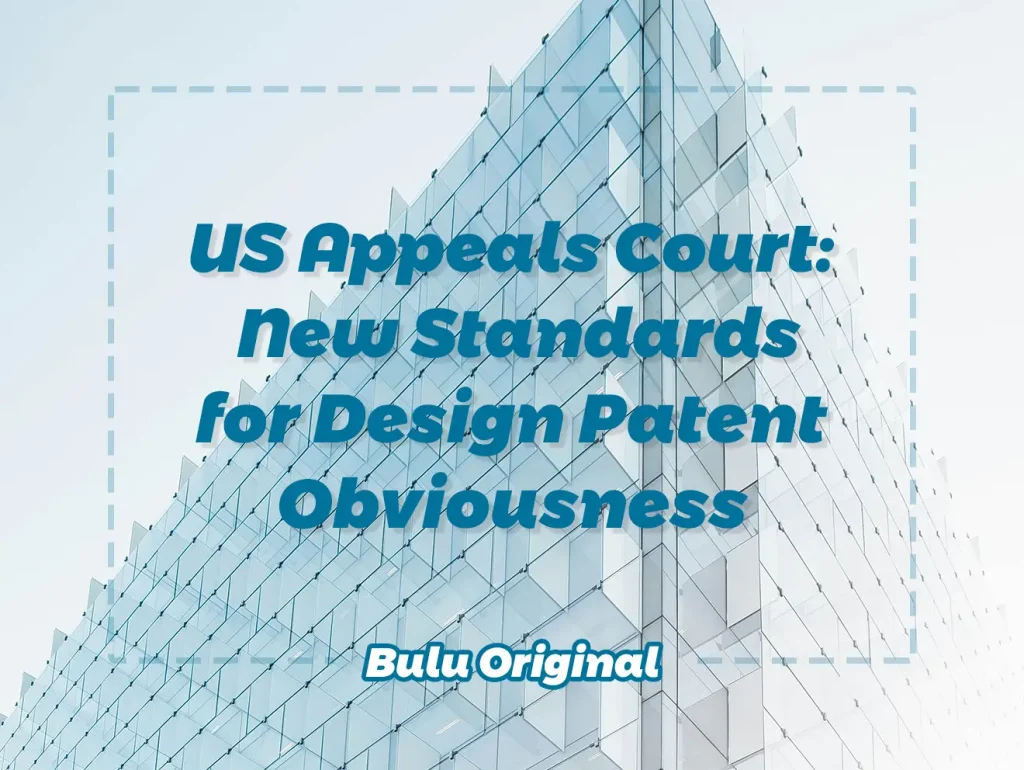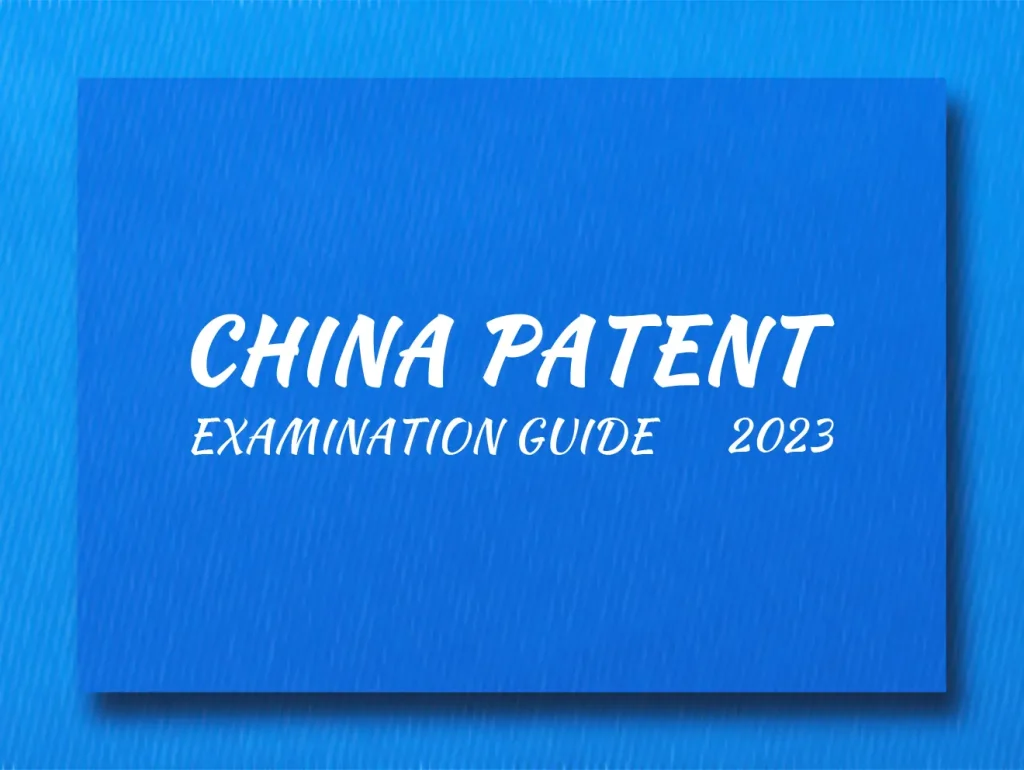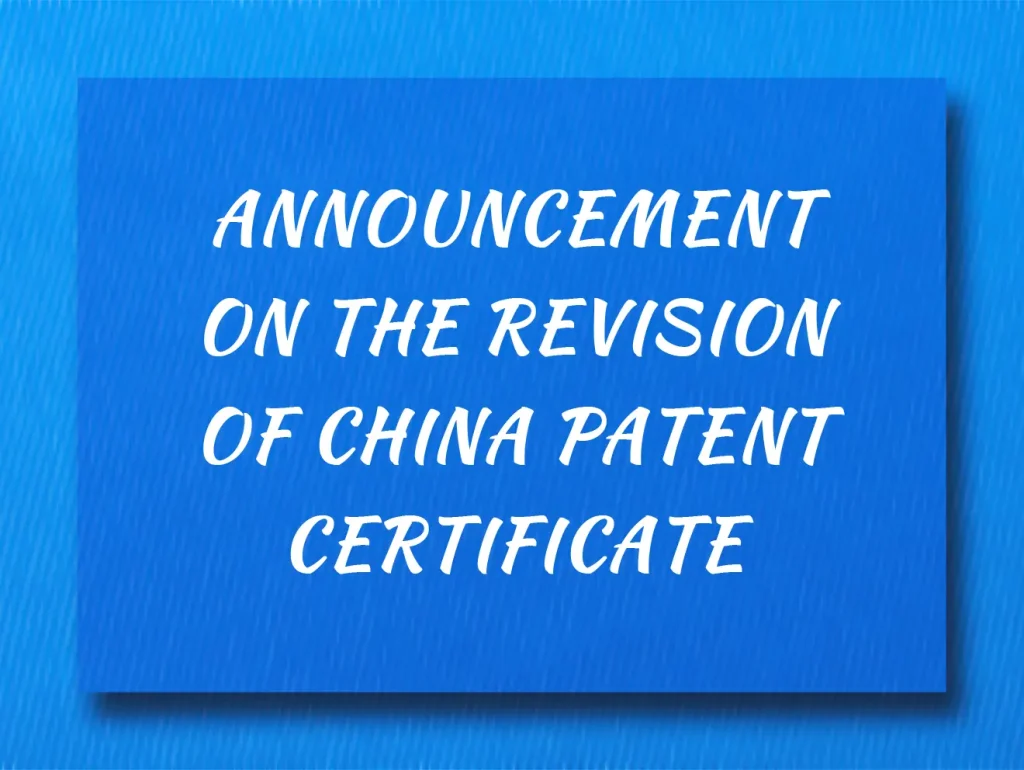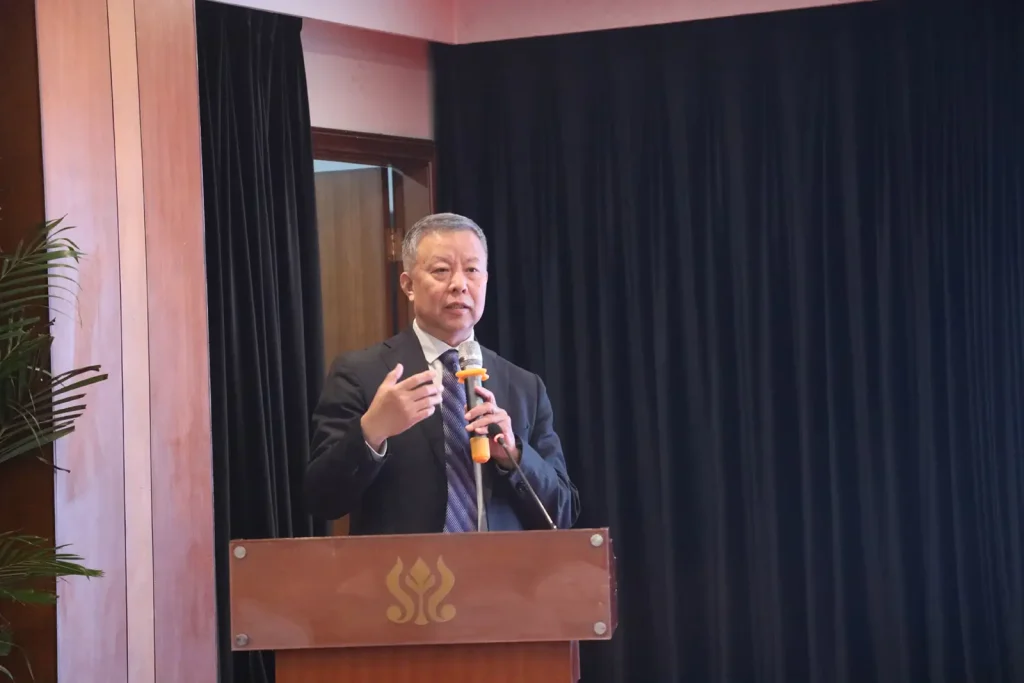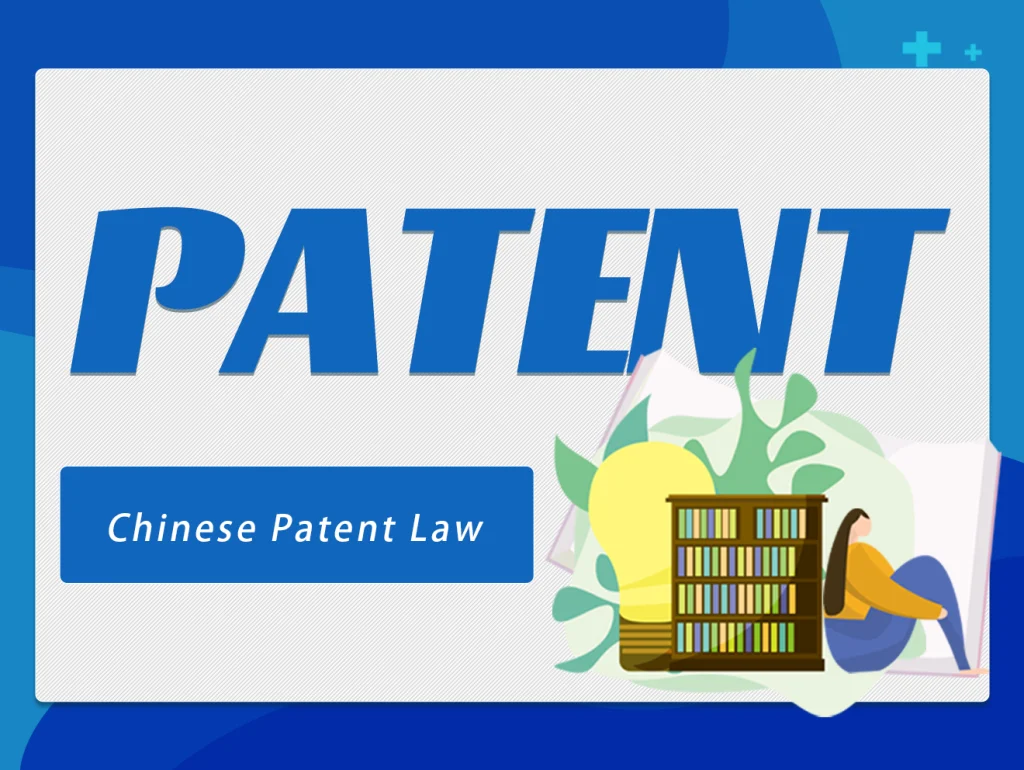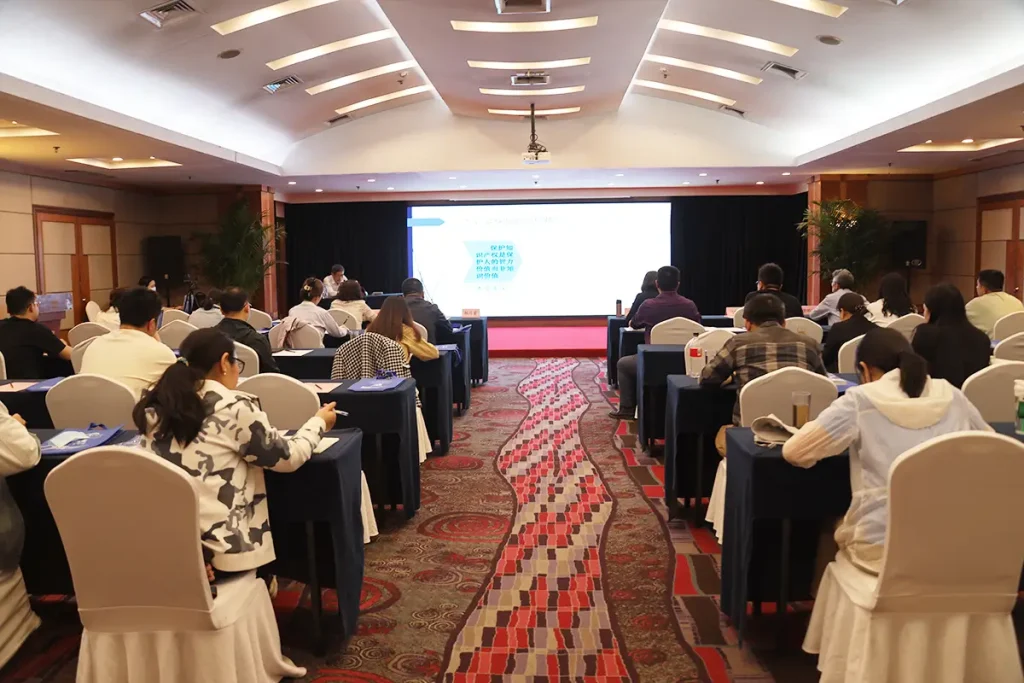How to Avoid Patent Ownership Disputes in R&D Contracts?
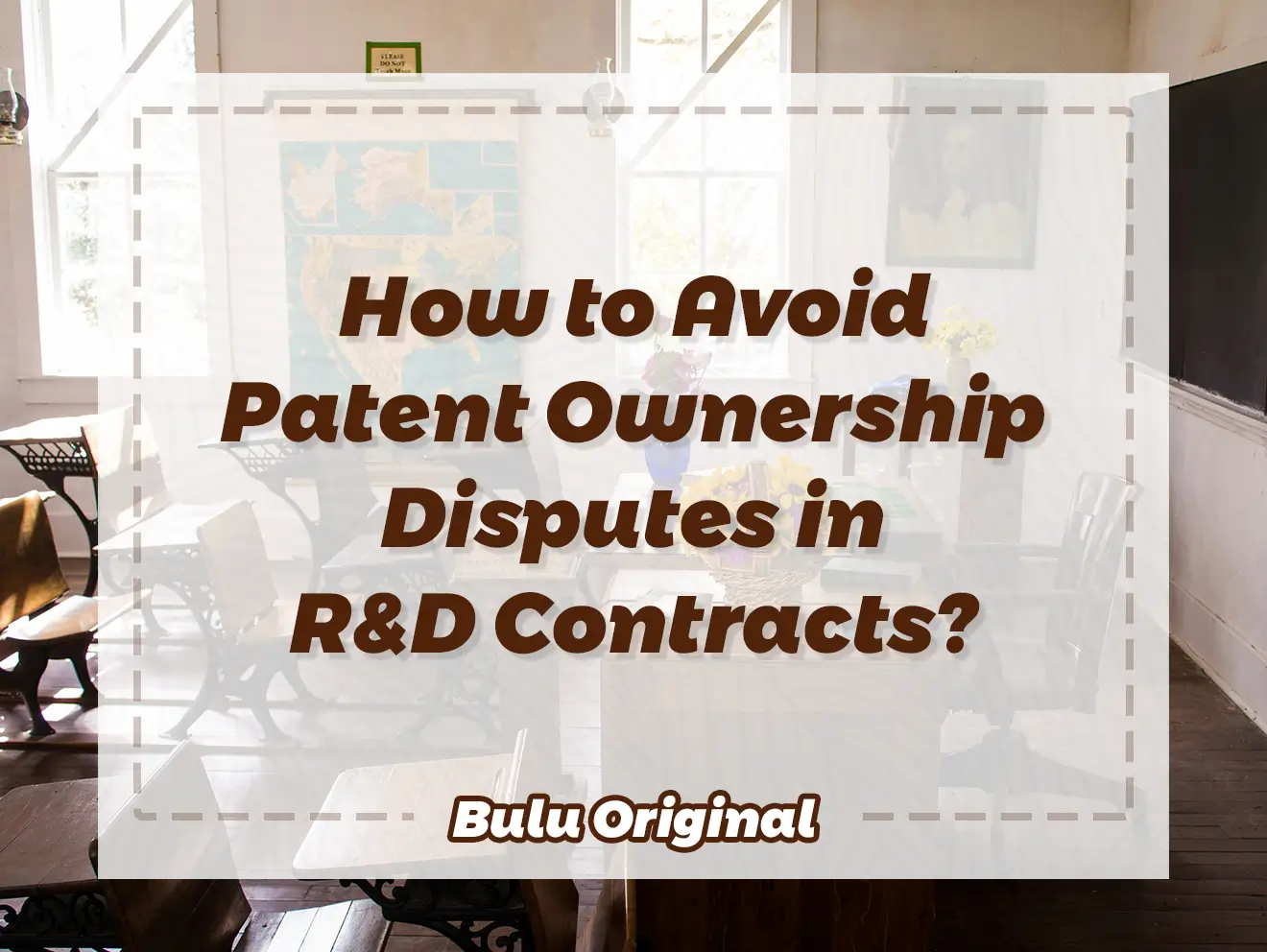
How to Avoid Patent Ownership Disputes in R&D Contracts
Disputes over the ownership of patent application rights, patent rights and inventor’s authorship rights are some of the more common types of patent ownership disputes.
The case No. 1258 of the Intellectual Property Court Civil Final Judgment (2020) of the Supreme People’s Court of P.R.C. (SPC) can give us some inspiration, and companies should pay attention when cooperating with others.
The “inventor” in this case is a university teacher and the contact person in the “Technology Development (Commission) Contract” signed between the university and the “Plaintiff Company”. The inventor also signed a “Consulting Service Contract” with the Plaintiff Company. From May 2011 to June 2012 (during the dispute), the inventor and the Plaintiff Company had email exchanges discussing the content of the patent technology solution. Afterwards, the inventor himself applied for a patent for the technology containing the relevant invention points in the emails during the dispute period, and then changed the patent applicant to the “Defendant Company”. Therefore, the Plaintiff Company filed a lawsuit, requesting that the patent in question be awarded to the Plaintiff Company. The case was heard by two courts, and the Plaintiff Company’s lawsuit was ultimately rejected.
At this point, some people may ask, it was clearly the plaintiff’s company that paid for the technology development, so why did the plaintiff lose the case in the end?
The judgment was mainly based on the contract signed by both parties. There were two contracts between the inventor and the plaintiff company, and neither of these two contracts clearly defined the working relationship between the inventor and the plaintiff company (i.e., there was no evidence to prove that the working relationship between the inventor and the plaintiff company was a labor relationship or a temporary working relationship), nor did they express the intention of the patent ownership dispute over the relevant technical achievements formed based on the working relationship.
Although the plaintiff company paid the inventor a monthly salary and housing allowance, paid social security, reimbursed travel expenses, and listed the inventor as the new product development director and product manager, and there were weekly reports at work, etc. However, the SPC believed that the inventor’s identity as a university teacher had not changed; the above evidence was not sufficient to determine that there was a labor relationship or temporary working relationship between the inventor and the plaintiff company in the sense of “employment invention”, and could not be the legal and factual basis for the plaintiff company to claim that it was a work invention in this patent ownership dispute case.
The existence of a labor relationship or temporary work relationship between the inventor and the unit is a prerequisite for the recognition of a work-related invention. The criterion for determining a labor relationship or temporary work relationship is whether the unit has obtained the labor control rights over the inventor, including the labor control rights for the creative labor to complete the invention. If there is only a general cooperative relationship between the unit and the inventor and the unit does not have the labor control rights over the inventor, the inventor’s invention does not constitute a work-related invention.
According to the “Patent Law of the People’s Republic of China”, the patent (application) right in the process of cooperative or commissioned research and development shall be based on the contractual agreement. If there is no agreement, the person who completes the invention can be the patent applicant.
Enlightenment from Patent Ownership Disputes
Patent ownership disputes case reminds us:
1. When signing a contract, it is important to agree on the ownership of the intellectual property rights to prevent patent ownership disputes. Otherwise, no matter how kind-hearted you are, you cannot change the provisions of the law, resulting in an embarrassing situation of spending money and suffering losses.
2. Enterprises and other market entities that want to engage in innovative research and development can refer to the contents of “Enterprise intellectual property compliance management system—Requirements (GB/T 29490-2023)” and “ISO56001” to independently improve internal management.


Shanghai Bulu Intellectual Property Agency LLP
Tel:+86 (0)21 5833 8320
Mail:tisc@joinhua.com
Add:No.199 JinXiang Rd. Pudong, Shanghai, China
© 2025 Shanghai bulu Intellectual Property Firm. Created with ❤ using WordPress and Kubio

